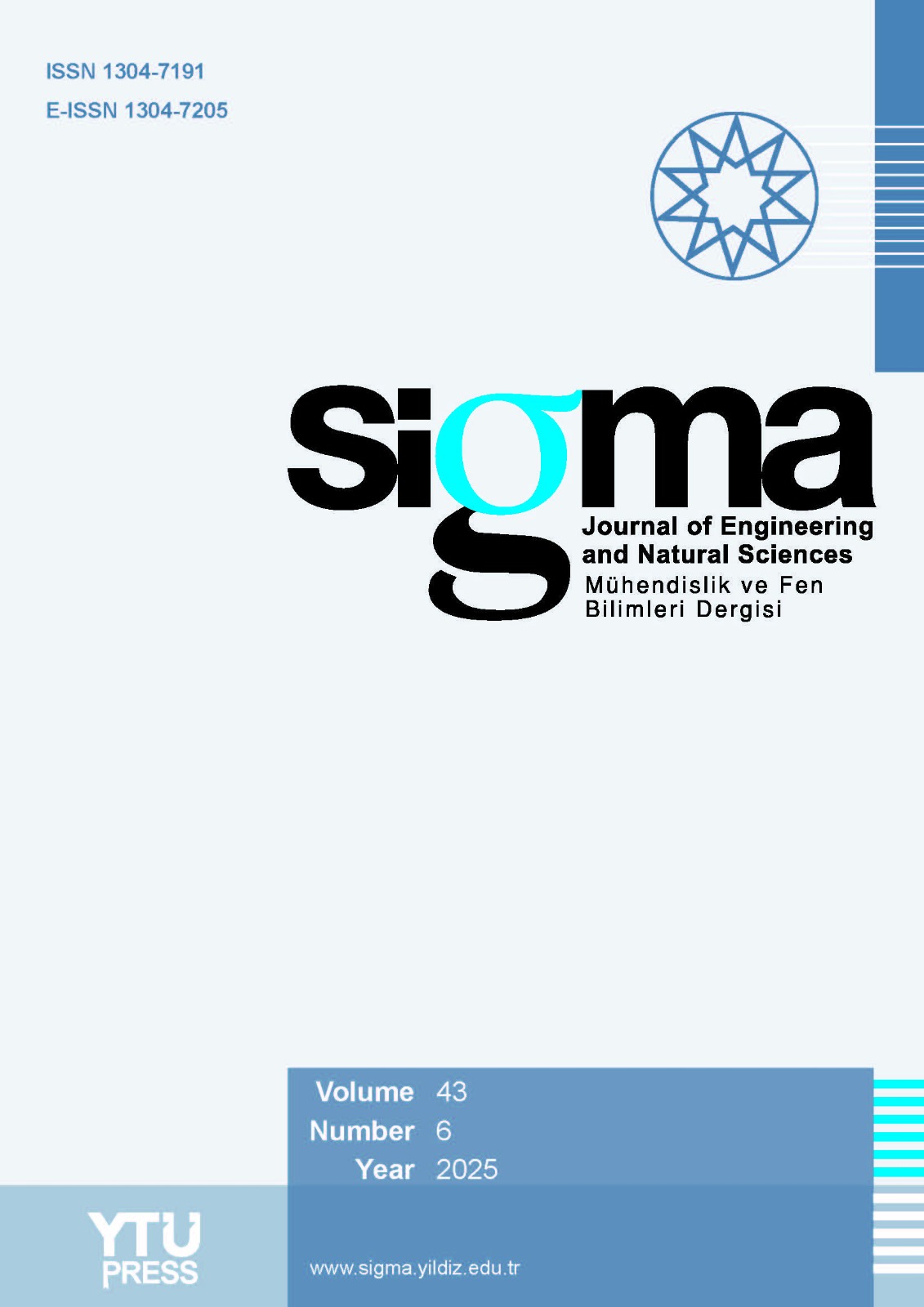2Department of Mechatronic Engineering, Necmettin Erbakan University, Konya, Türkiye
Abstract
Accurate prediction of fatigue behavior in welded structures through frequency-domain finite element analysis requires precise identification of natural frequencies. Inaccuracies in this process can lead to misleading results, posing risks to structural safety, particularly in high-strength steels such as S690QL. This study investigates the influence of modeling strategies on the accuracy of frequency-domain analyses by comparing numerical modal analyses with experimental data. Modal testing was performed on a welded specimen instrumented with an accelerometer. Time-domain acceleration signals were processed using Fast Fourier Transform to obtain the frequency response functions. Six different finite element models comprising solid, shell, and laser-scanned geometries were analyzed under prestressed and non-prestressed conditions. Comparative evaluation revealed that the third shell model yielded the most accurate results in non-prestressed conditions, with an average error of 1.22%, whereas the second shell model showed the highest accuracy under prestressing, with an average error of 1.72%. Additionally, the initial solid model demonstrated better agreement with experimental results for frequencies below 5107.42 Hz. These findings underscore the critical role of model selection in frequency-domain fatigue assessments and provide guidance for improving the reliability of numerical predictions. The novelty of this work lies in its systematic comparison of prestressed and non-prestressed finite element models against experimental data, offering a comprehensive framework for modeling welded joints with higher accuracy.













